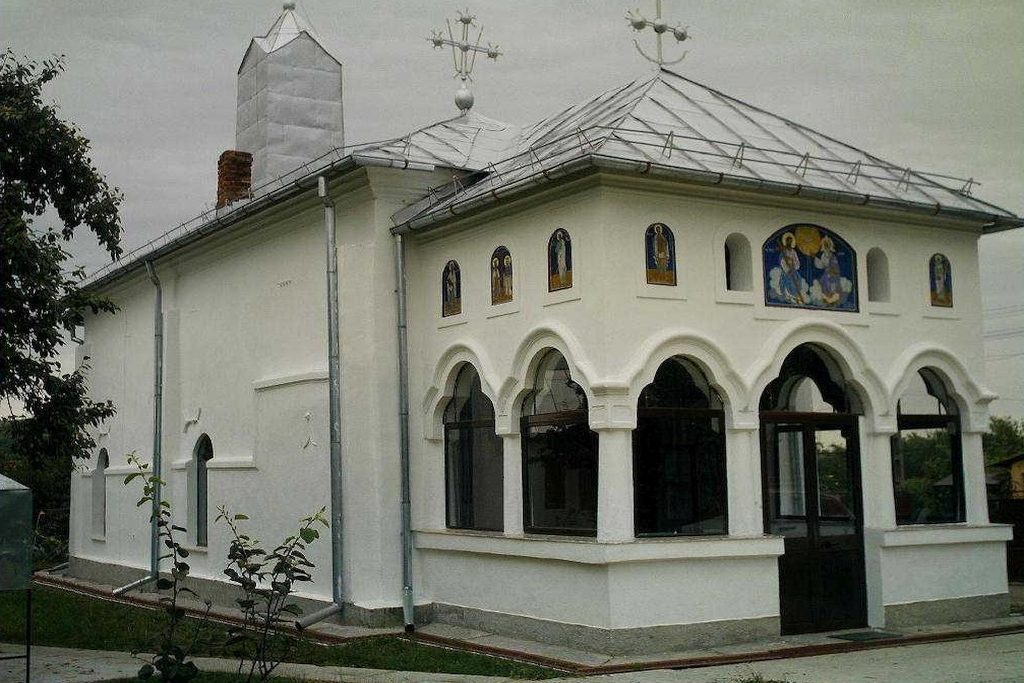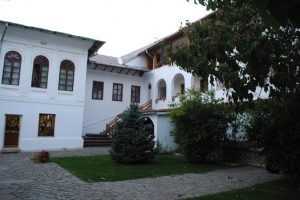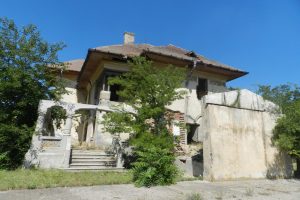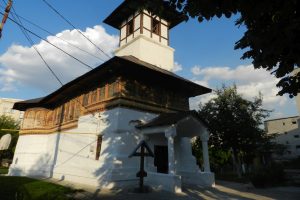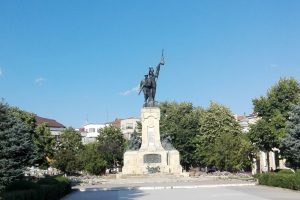

In center of the Cepari village, as a testimony of past times, but also of the present ones, there is the parish church dedicated to the “Holy Trinity”. It was built by villagers “in 1750 of brick wall.” The church was painted for the first time in 1754 by a famous craftsman in Byzantine art. The first restoration of the church took place in 1892, being completed and officially reopened on 14 October 1893 and consecrated by a group of priests. The shape of the church is that of “an ark” in byzantine orthodox style. The walls of about one meter thick made possible its stability and its resistance over the years.
In 1949 have been made radical repairs and painting, and in 1968 the church was electrified and was restored the painting. In 1995 the church was covered with new metal sheet and the painting was restored, and in 2000 by parish priest Sorin Dobrescu donation, was built the parish house. Due to its age, the church has undergone numerous degradations thus in 2002 after having been taken the legal approvals required by law was carried on to the consolidation and total restoration, works. The painting was restored in 2004.
Cârlogani’s communal territory, physical and geographical conditions made up a favorable environment for human settlements since ancient times. Remnants of the material culture discovered on the valley Balsoara dates back to the Stone Age and the Bronze Age. The research of archive documents, of place names, of water names and of legends, reinforce the ideea that villages existed before the construction of the feudal Romanian villages.
The oldest village documentary attested is Cepari, recalled in February 3, 1559. Regarding the name of the village, Cepari, there are several explanations leading us to some onion growers, having a curious occupation in cultivating, especially onions that they were selling. Commune residence, the village Cârlogani, is documentary certified since April 18, 1630, and the other villages like Beculeşti in 1812 and the village Scorbura in 1828. According to the census conducted in 2011, Cârlogani’s village population amounts to 2,329 inhabitants, down from the previous census from 2002, when it had registered 2,883 inhabitants. Most inhabitants are Romanian (96.44%). For 3.52% of the population, ethnicity is not known. Regarding religious appartenence, most people are Orthodox (95.71%). For 3.52% of the population is not known the confessional belonging.
